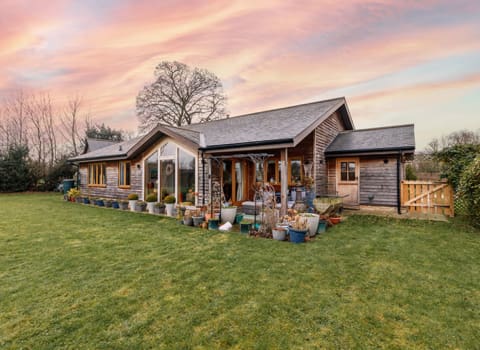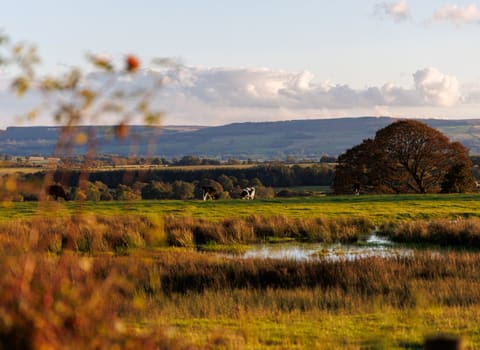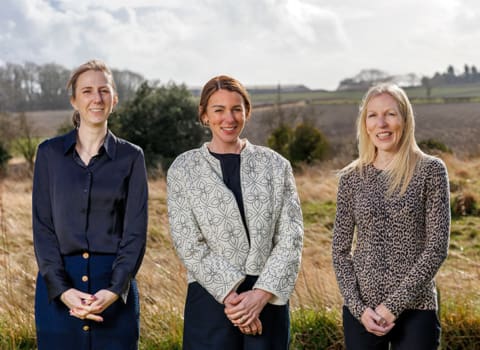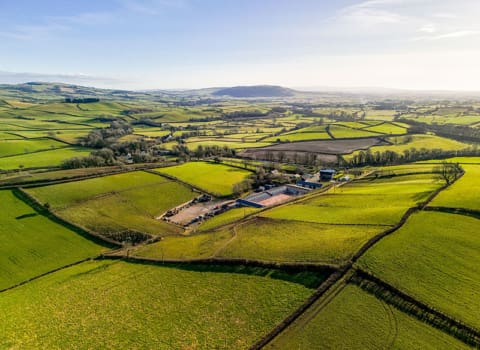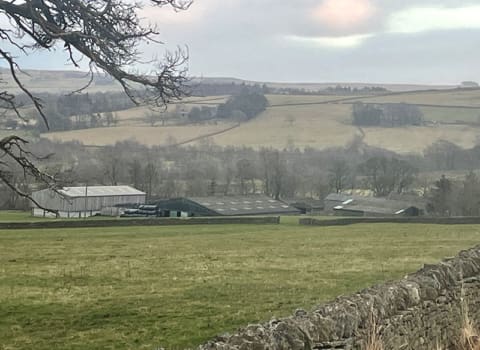Contact our offices
Main office
COLBURN
5 & 6 BAILEY COURT
COLBURN BUSINESS PARK
RICHMOND
NORTH YORKSHIRE
DL9 4QL
Estate Agency Offices are located in
BARNARD CASTLE, BOROUGHBRIDGE & RICHMOND
Residential Management Team
Our Offices
- Alnwick
01665 568310
Email Officealnwick@gscgrays.co.uk - Barnard Castle
01833 637000
Email Officebarnardcastle@gscgrays.co.uk - Boroughbridge
01423 590500
Email Officeboroughbridge@gscgrays.co.uk - Chester-Le-Street
0191 3039540
Email Officechester-le-street@gscgrays.co.uk - Colburn
01748 897630
Email Officecolburn@gscgrays.co.uk - Driffield
01377 337180
Email Officedriffield@gscgrays.co.uk - Hamsterley
01388 487000
Email Officehamsterley@gscgrays.co.uk - Hexham
01434 611565
Email Officehexham@gscgrays.co.uk - Kirkby Lonsdale
01524 880320
Email Officekirkbylonsdale@gscgrays.co.uk - Penrith
01768 597005
Email Officepenrith@gscgrays.co.uk
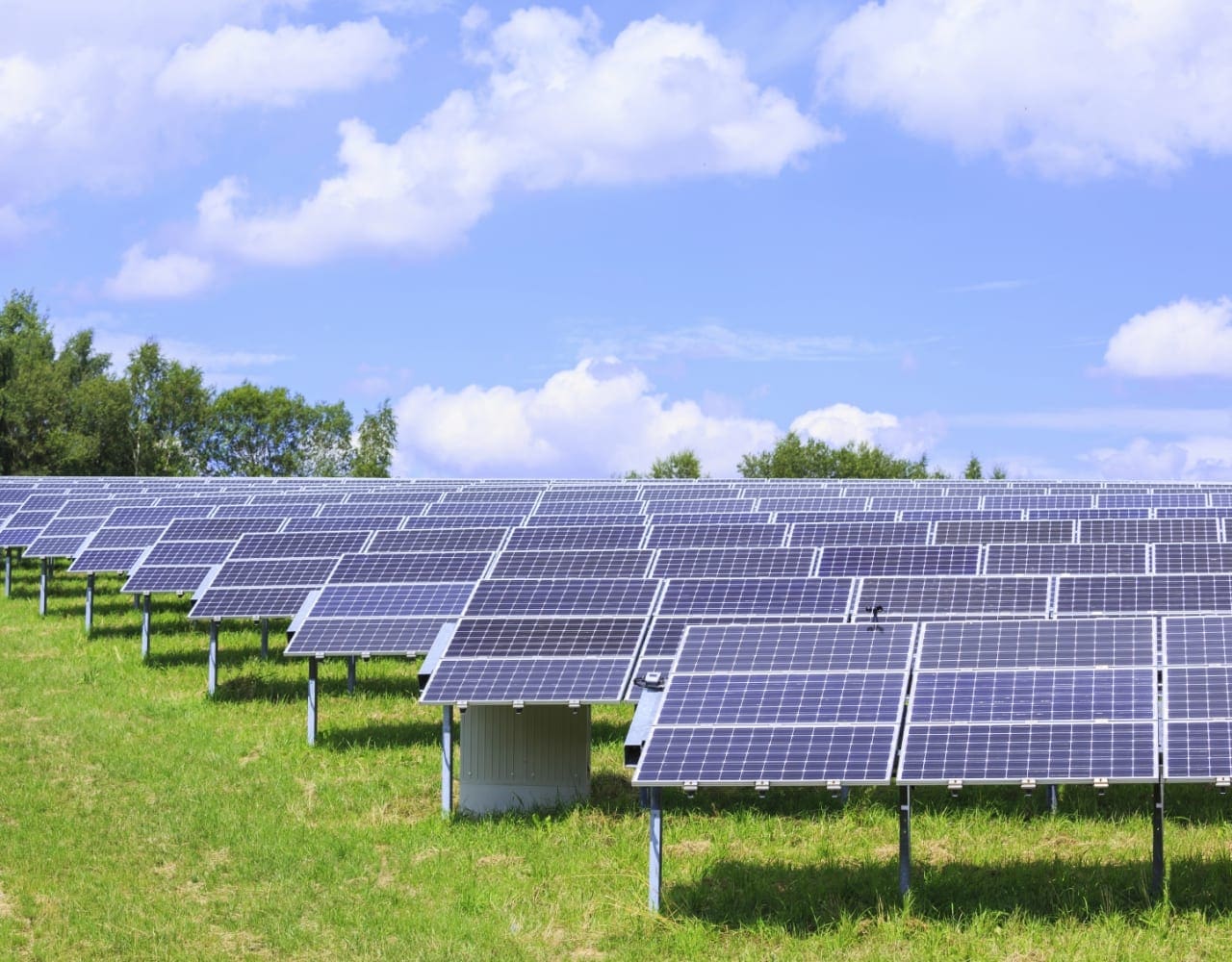
SHINING A LIGHT ON SOLAR FARMING
Prevalent in the south of England and increasingly so in the midlands, solar farming is now starting to arrive in the north of the country.
Chris Huhne tried to ‘protect’ the nation from solar farming by slashing the feed in tariff rate for photovoltaic installations. Many solar farm projects operate under the Renewable Obligation Certificate (ROC) regime and so are unaffected by changes to the feed in tariff, however the combination of falling equipment costs and ever increasing energy prices is fuelling demand for sites under both systems.
Broadly speaking, 5 acres of land will give 1 megawatts (mw) worth of capacity and generally developers are looking at 5mw (25 acres) or more.
Generally, a developer is looking for sites which are:
- Flat or south facing
- Not overshadowed
- Not overlooked
- Have an economically viable grid connection
The development of a solar farm on an agricultural holding has many benefits, principally:
- An attractive rental level of £750-£1,000/ac,
- Relatively easy deployment
- A short construction period once planning permission is granted; and
- An ongoing requirement for an agricultural use, generally grazing by sheep
There are of course pitfalls. There are a lot of new entrants to the industry and covenant strength can be a real issue. In addition, because the industry is relatively new to the UK, lease terms are evolving as the industry develops and you need to ensure that in light of this, there is a review of the rent review mechanism reflective of market terms.
Other concerns relate to soil erosion due to rainwater runoff from the low panel edge. Over the life of the development (20-25 years), this could be an issue in places. Whilst grazed, the land will not be worked and when it is returned to the owner, there are likely to be issues concerning reduced index levels and soil structure.
One of the principal concerns is the security of the panels and as such, a 2m high security fence is likely to be erected around the perimeter of the site. In sensitive locations this aspect of the development should not be overlooked.
Similarly to wind farms, a solar farm will have a ‘protection zone’ around it. Landowners will be prevented from undertaking certain activities within that protection zone and where tree growth for instance causes a shadowing effect on the solar farm, the developer will generally reserve the right to lop, top and fell trees and could object to the erection of other structures.
Solar farming in the north of England presents good opportunities however, as the industry is still embryonic, it is imperative that professional advice is sought at an early point.
If you have been approached by a company regarding a solar farm or have land which you think might be suitable, please contact Calum Gillhespy to discuss a potential project in more detail. Tel: 01748 829210 or email: crg@gscgrays.co.uk .

GSC Grays News
Residential Property Market: Recent Trends and Prospects for the year ahead
Read more

